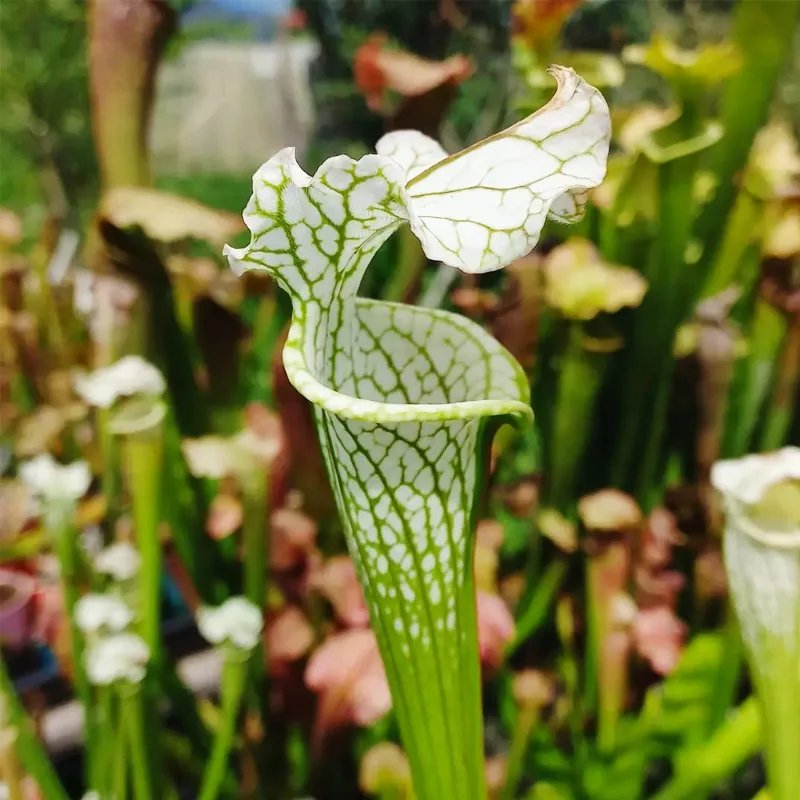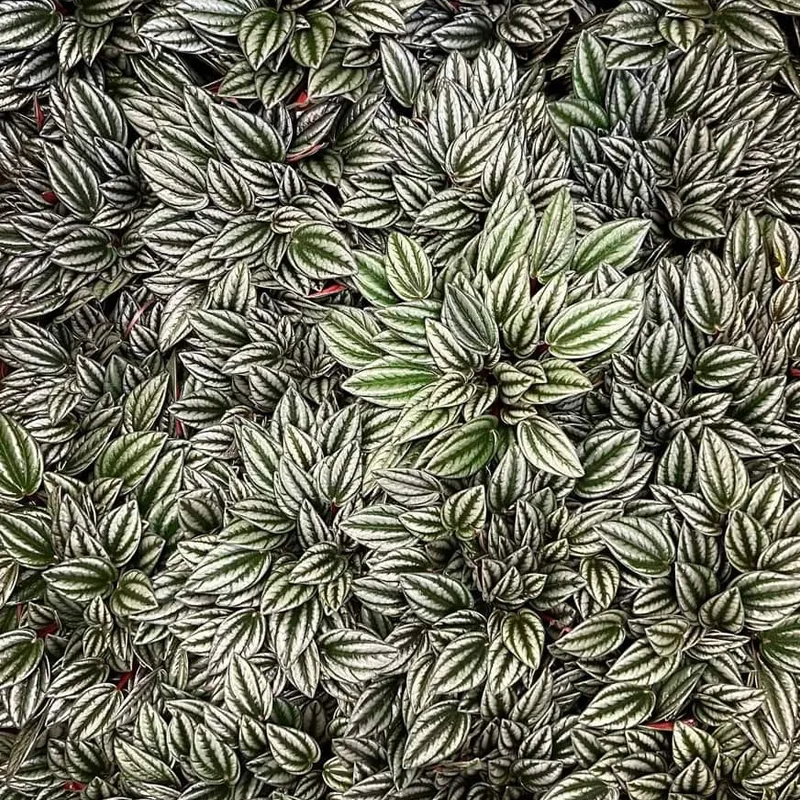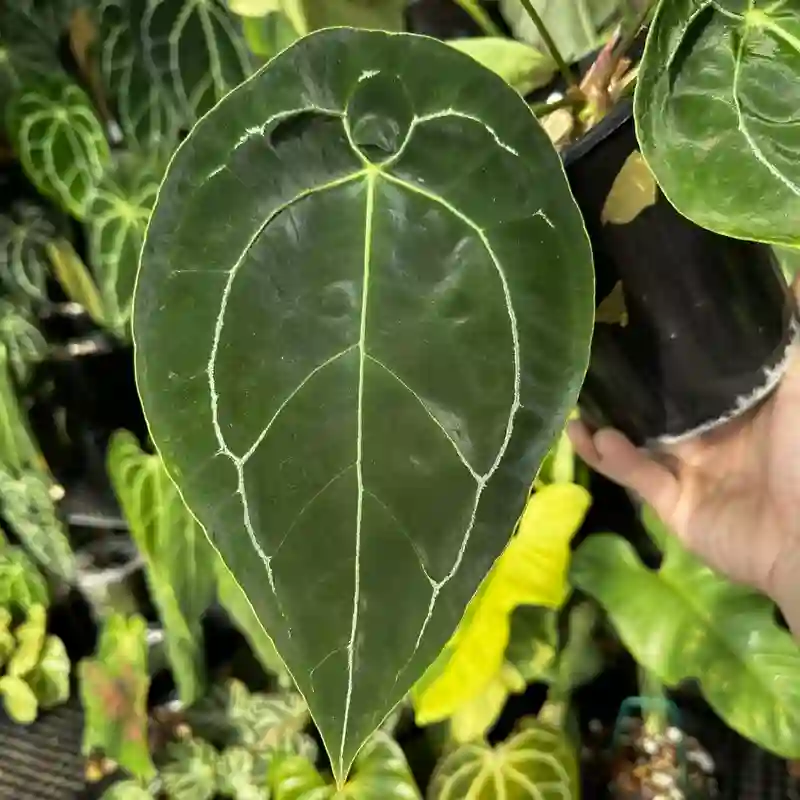Gentianaceae: A Family of Floral Enchantment
As a botany enthusiast, I’ve always been captivated by the delicate beauty and fascinating diversity of the Gentianaceae family. From the vibrant blue trumpets of Gentiana to the star-shaped blooms of Swertia, these plants hold a special place in my heart. Let me take you on a journey through this remarkable family, sharing my insights and observations along the way.
The Gentian Family’s Unique Traits
Gentianaceae, commonly known as the gentian family, is a group of flowering plants that boasts over 1,650 species spread across 105 genera. These plants are found in various habitats worldwide, from alpine meadows to tropical forests. The family is characterized by several distinctive features, including:
- Opposite leaves: The leaves of Gentianaceae plants are typically arranged in pairs opposite each other on the stem.
- Showy flowers: The flowers are often large and colorful, with four or five petals fused into a tube or bell shape.
- Bitter compounds: Many members of the family contain bitter-tasting compounds, which have been used in traditional medicine and as flavoring agents.
Genera of Gentianaceae
The Gentianaceae family encompasses a wide range of genera, each with its own unique characteristics and charm. Some of the most notable genera include:
- Gentiana: The namesake of the family, Gentiana is a large genus with over 300 species. These plants are known for their striking blue flowers, which are often found in alpine and subalpine regions. – 356 Species in Genus Gentiana
- Swertia: This genus includes around 125 species, many of which are used in traditional medicine. Swertia plants have star-shaped flowers with five petals, often in shades of white, yellow, or pink.
- Centaurium: Commonly known as centaury, this genus comprises about 50 species of annual and biennial herbs. Centaurium plants have small, pink or white flowers and are often found in grasslands and meadows.
- Exacum: This genus includes around 40 species of tropical and subtropical herbs. Exacum plants have attractive, star-shaped flowers with five petals, often in shades of blue, purple, or white.
- Gentianella: Closely related to Gentiana, this genus includes around 250 species of annual, biennial, and perennial herbs. Gentianella plants have bell-shaped flowers, often in shades of blue, purple, or white.
- Adenolisianthus (Spruce ex Progel) Gilg
- Anthocleista Afzel. ex R.Br.
- Aripuana Struwe, Maas & V.A.Albert
- Bartonia Muhl. ex Willd.
- Bisgoeppertia Kuntze
- Blackstonia Huds.
- Calolisianthus Gilg
- Canscora Lam.
- Celiantha Maguire
- Chelonanthus (Griseb.) Gilg
- Chironia L.
- Chorisepalum Gleason & Wodehouse
- Cicendia Adans.
- Comastoma Toyok.
- Congolanthus A.Raynal
- Coutoubea Aubl.
- Cracosna Gagnep.
- Crawfurdia Wall.
- Curtia Cham. & Schltdl.
- Cyrtophyllum Reinw.
- Deianira Cham. & Schltdl.
- Djaloniella P.Taylor
- Duplipetala Thiv
- Enicostema Blume
- Eustoma Salisb. – Eustoma Exaltatum of Genus Eustoma
- Exaculum Caruel
- Exochaenium Griseb.
- Fagraea Thunb.
- Faroa Welw.
- Frasera Walter
- Geniostemon Engelm. & A.Gray
- Gentianopsis Ma
- Gentianothamnus Humbert
- Gyrandra Griseb.
- Halenia Borkh.
- Helia Mart.
- Hockinia Gardner
- Hoppea Willd.
- Irlbachia Mart.
- Ixanthus Griseb.
- Jaeschkea Kurz
- Karina Boutique
- Klackenbergia Kissling
- Kuepferia Adr.Favre
- Lagenanthus Gilg
- Lagenias E.Mey.
- Latouchea Franch.
- Lehmanniella Gilg
- Limahlania K.M.Wong & Sugumaran
- Lisianthius P.Browne
- Lomatogoniopsis T.N.Ho & S.W.Liu
- Lomatogonium A.Braun
- Macrocarpaea (Griseb.) Gilg
- Megacodon (Hemsl.) Harry Sm.
- Metagentiana T.N.Ho & S.W.Liu
- Microrphium C.B.Clarke
- Neblinantha Maguire
- Neurotheca Salisb. ex Benth. & Hook.f.
- Obolaria L.
- Oreonesion A.Raynal
- Ornichia Klack.
- Orphium E.Mey.
- Phyllocyclus Kurz
- Picrophloeus Blume
- Potalia Aubl.
- Prepusa Mart.
- Pterygocalyx Maxim.
- Purdieanthus Gilg
- Pycnosphaera Gilg
- Rogersonanthus Maguire & B.M.Boom
- Roraimaea Struwe, S.Nilsson & V.A.Albert
- Sabatia Adans.
- Saccifolium Maguire & Pires
- Schenkia Griseb.
- Schinziella Gilg
- Schultesia Mart.
- Sebaea Sol. ex R.Br.
- Senaea Taub.
- Sinogentiana Adr.Favre & Y.M.Yuan
- Sinoswertia T.N.Ho, S.W.Liu & J.Q.Liu
- Sipapoantha Maguire & B.M.Boom
- Symbolanthus G.Don
- Symphyllophyton Gilg
- Tachia Aubl.
- Tachiadenus Griseb.
- Tapeinostemon Benth.
- Tetrapollinia Maguire & B.M.Boom
- Tripterospermum Blume
- Tubella Archila
- Urogentias Gilg & Gilg-Ben.
- Utania G.Don
- Valdesiana Z.Díaz & M.Escudero
- Veratrilla Franch.
- Voyria Aubl.
- Voyriella (Miq.) Miq.
- Xestaea Griseb.
- Yanomamua J.R.Grant, Maas & Struwe
- Zeltnera G.Mans.
- Zonanthus Griseb.
- Zygostigma Griseb.
Ecological Importance and Conservation Concerns
Gentianaceae plants play a vital role in their ecosystems, providing food and shelter for various insects and other animals. Many species are also important in traditional medicine, used to treat a variety of ailments. However, several members of the family are facing threats due to habitat loss, over-collection, and climate change. Conservation efforts are crucial to protect these beautiful and valuable plants for future generations.
My Personal Connection to Gentianaceae
As a nature lover and photographer, I’ve had the pleasure of encountering many Gentianaceae plants in their natural habitats. From the vibrant blue trumpets of Gentiana acaulis in the Swiss Alps to the delicate pink blooms of Centaurium erythraea in a local meadow, each encounter has left a lasting impression on me. I’m continually amazed by the diversity and beauty of this family and am committed to sharing my passion with others through my photography and writing.
In Conclusion
The Gentianaceae family is a treasure trove of botanical wonders, offering a glimpse into the intricate beauty and complexity of the natural world. From their distinctive features to their ecological importance, these plants hold a special place in the hearts of botanists, nature enthusiasts, and traditional healers alike. As we continue to explore and appreciate the Gentianaceae family, let us also work towards their conservation, ensuring that future generations can experience the same sense of wonder and awe that I feel every time I encounter one of these remarkable plants.
If i die, water my plants!



